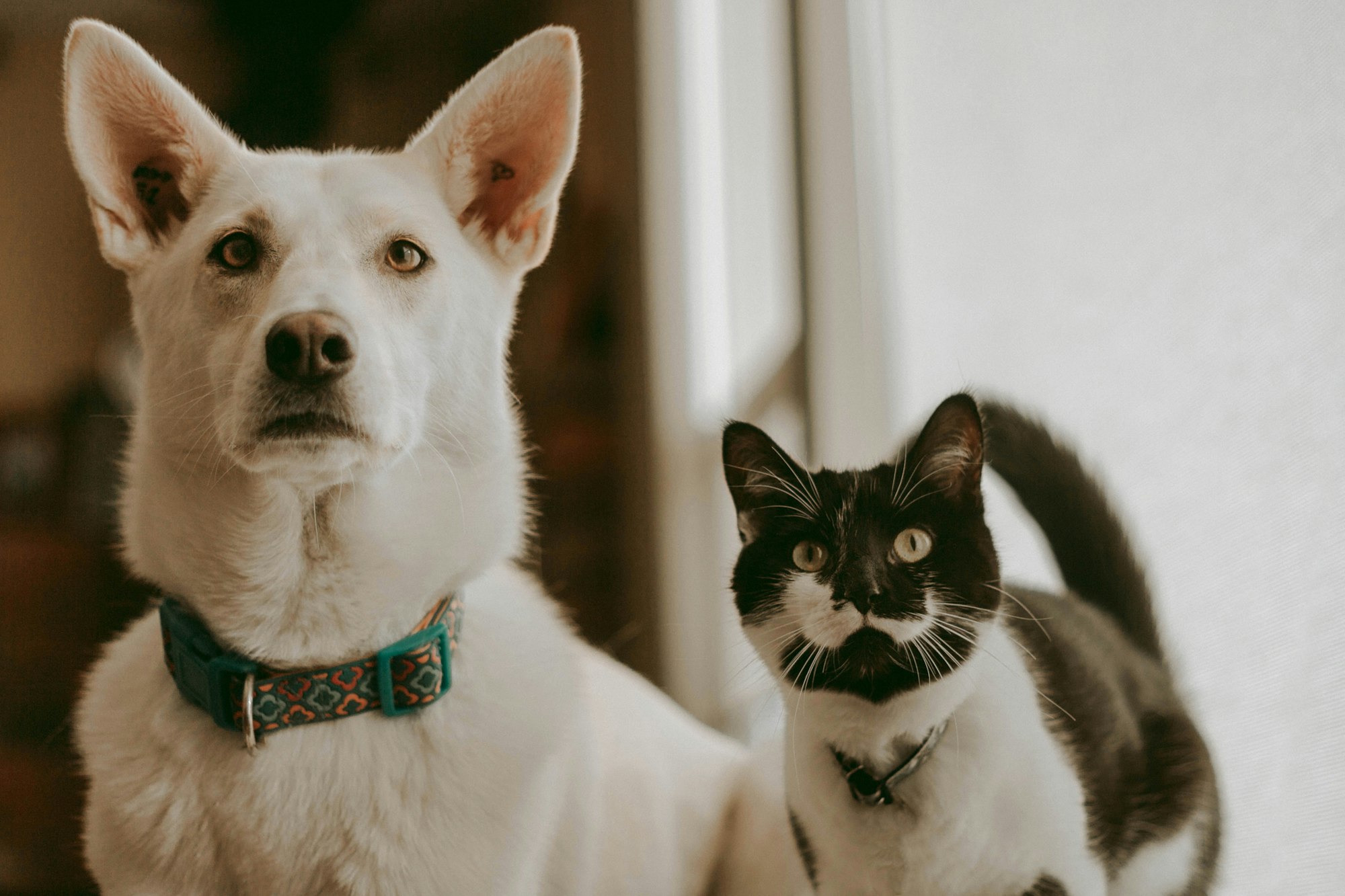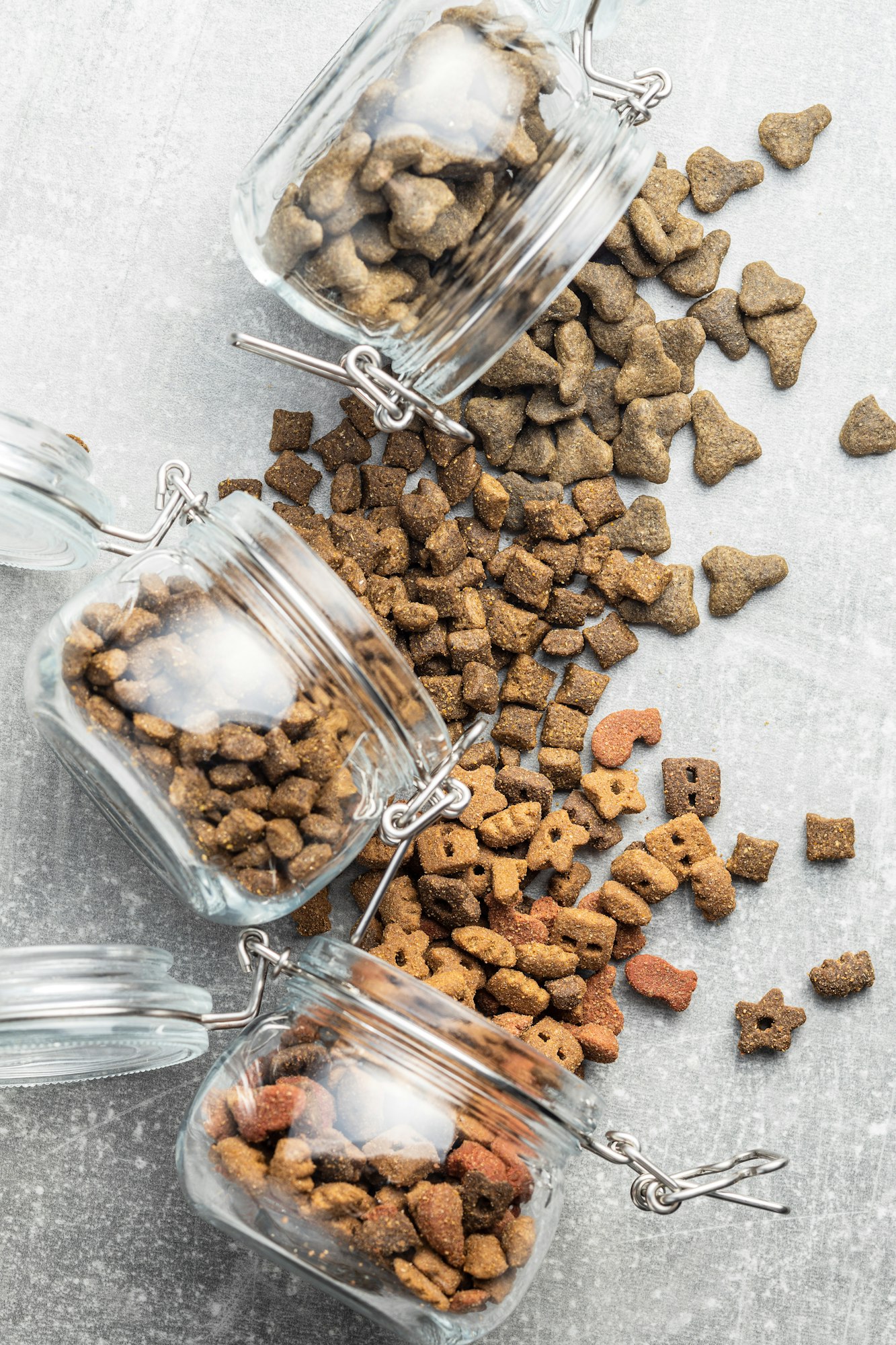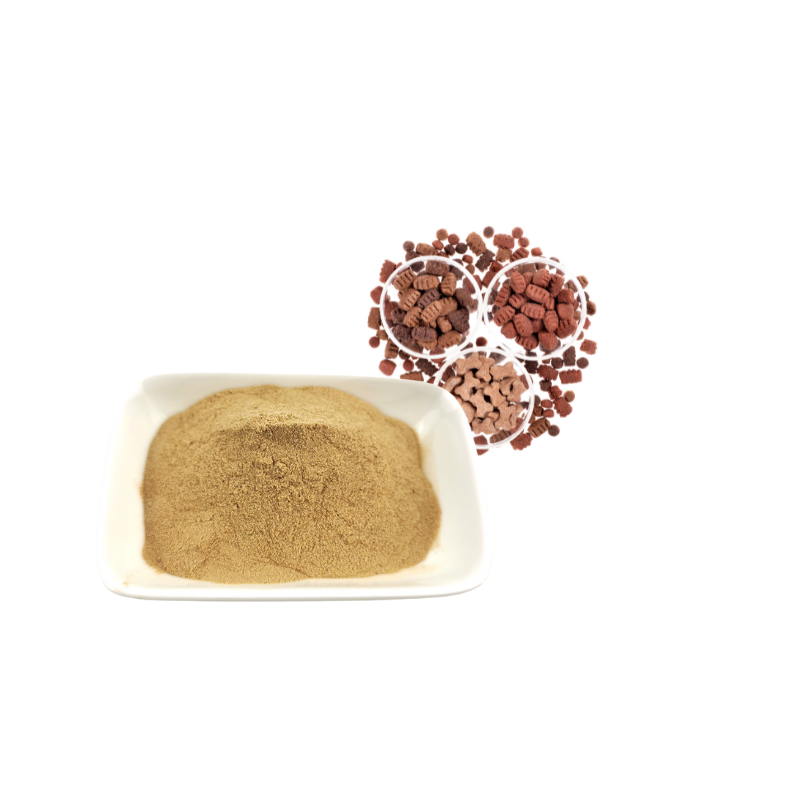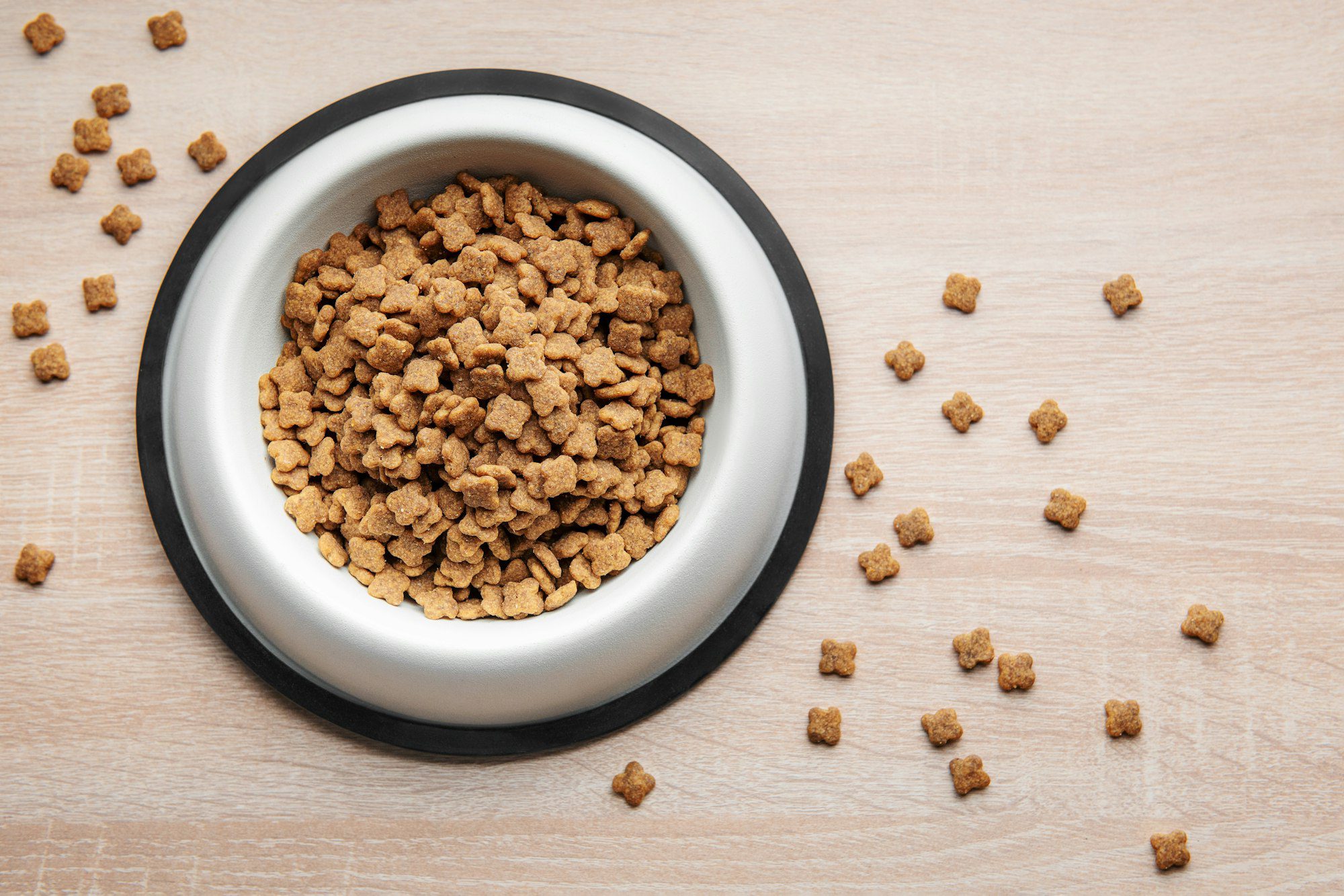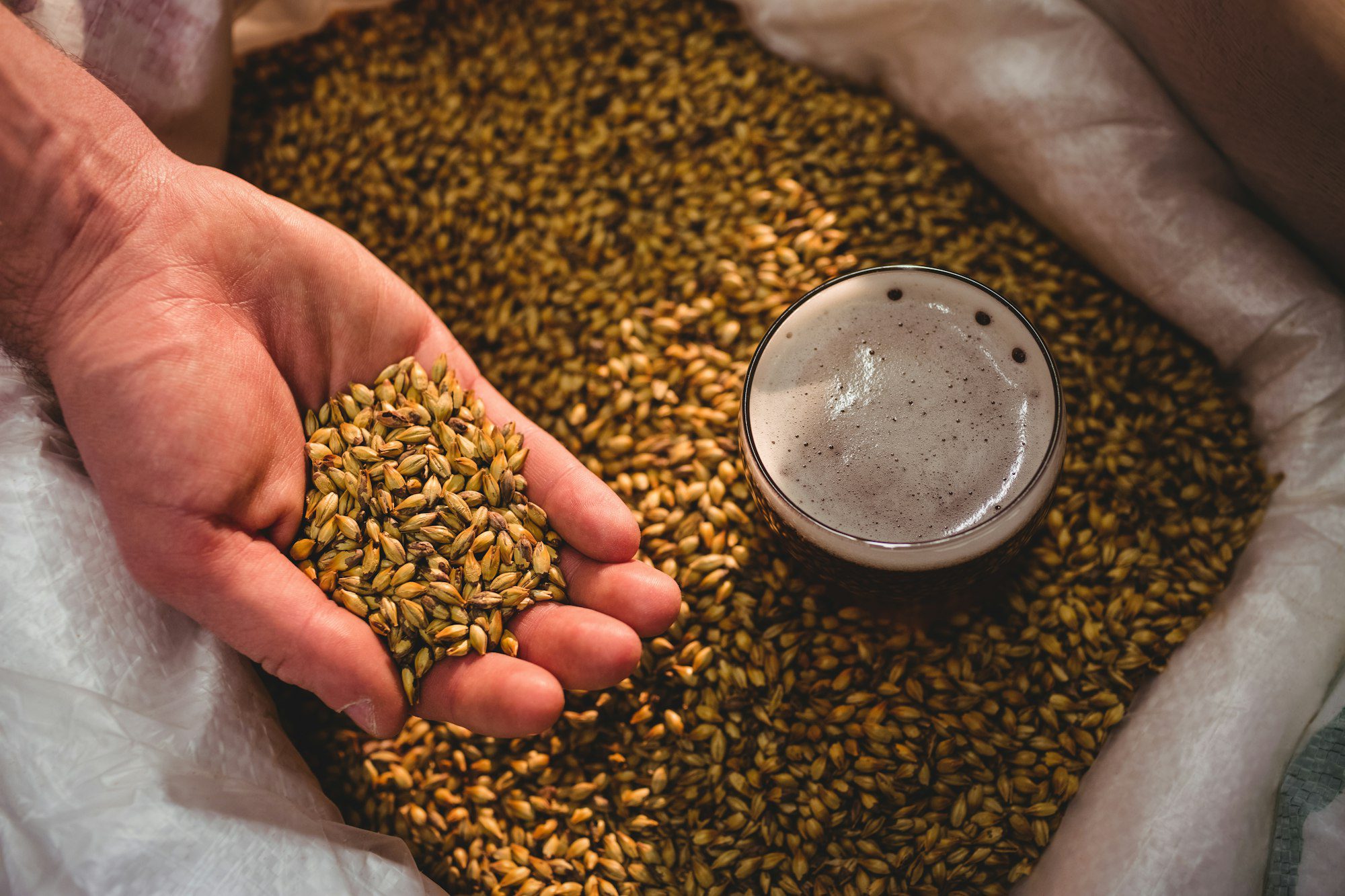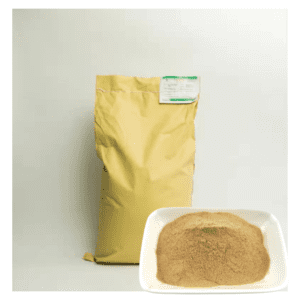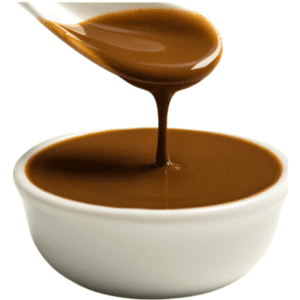In the competitive world of pet food manufacturing, creating a product that not only meets nutritional standards but also appeals to pets’ taste buds is paramount. Pet food palatants and pet food palatability enhancers play a crucial role in this aspect, ensuring that pets are eager to consume the food provided by their owners. But what exactly makes pet food irresistible to our furry friends? Let’s delve into the science behind pet food palatability.
Table of Contents
- The Importance of Palatability in Pet Food
- What are Pet Food Palatants?
- The Science of Taste and Smell in Pets
- Types of Palatability Enhancers
- Formulating the Perfect Palatant
- Impact on Pet Food Manufacturers
- Future Trends in Pet Food Palatability
- Why Choose Professional Palatant Manufacturers
- Conclusion
The Importance of Palatability in Pet Food
Palatability is a key factor influencing a pet’s food preference. A highly palatable diet ensures consistent consumption, which is essential for maintaining optimal health and nutrition. For pet food manufacturers, creating palatable products can lead to increased customer satisfaction and brand loyalty.
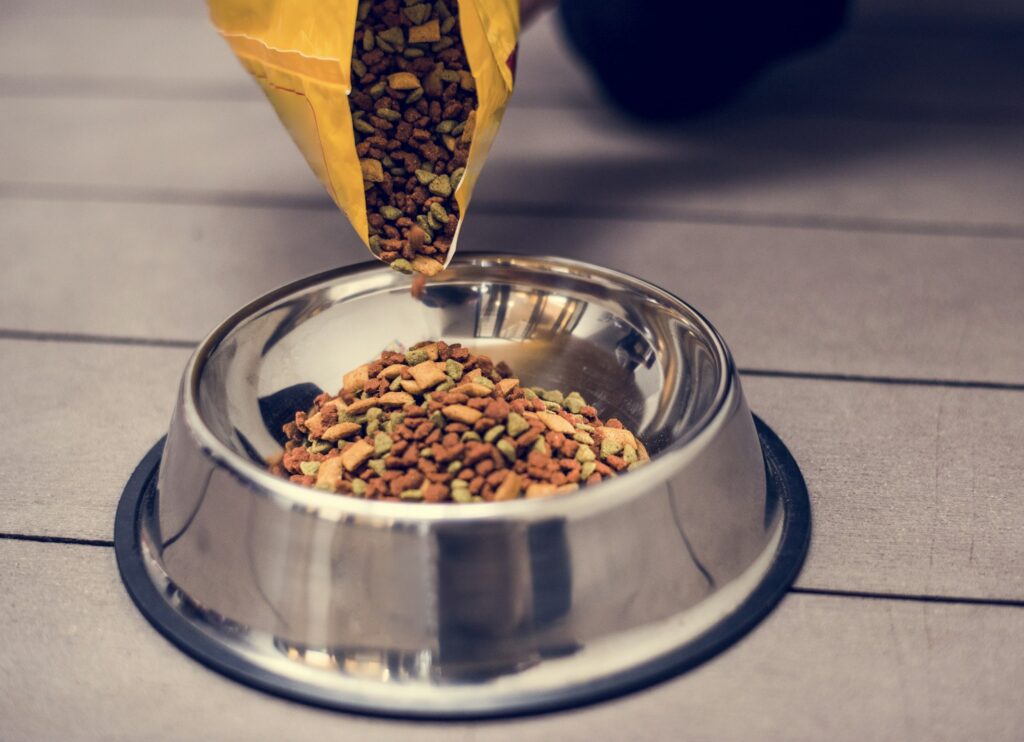
According to a study published in the Journal of Animal Science, palatability directly affects feed intake and nutrient utilization in pets. Ensuring that pets find the food appealing can prevent issues like underfeeding or selective eating.
What are Pet Food Palatants?
Pet food palatants are flavor enhancers added to pet food to improve its taste and aroma. They can be natural or synthetic compounds that stimulate the pet’s senses, making the food more attractive.
Palatants are typically derived from:
- Animal Proteins: Such as chicken, beef, or fish extracts.
- Yeast Extracts: Providing umami flavors that pets find appealing.
- Natural Flavors: Including herbs and spices safe for pet consumption.
These ingredients work synergistically to enhance the overall flavor profile of pet food.
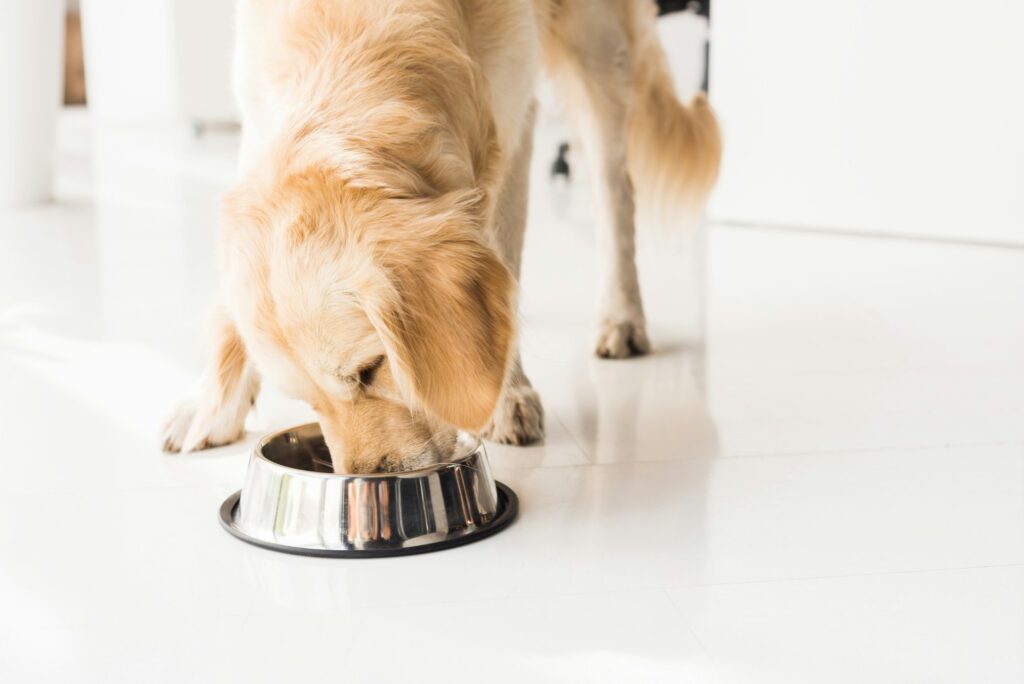
The Science of Taste and Smell in Pets
Pets experience the world differently than humans, especially when it comes to taste and smell.
Taste Receptors
- Dogs: Have about 1,700 taste buds, compared to humans who have around 9,000.
- Cats: Have even fewer taste buds, approximately 470, and lack the ability to taste sweetness.
Despite fewer taste buds, pets have highly sensitive taste receptors for certain flavors, particularly those associated with meat and fats.

Olfactory Senses
- Dogs: Possess up to 300 million olfactory receptors, significantly more than humans’ 6 million.
- Cats: Have about 80 million olfactory receptors.
The strong sense of smell in pets means that the aroma of food is a critical factor in palatability.
Types of Palatability Enhancers
Natural Palatants
Derived from natural sources, these enhancers are preferred for their minimal processing and appeal to health-conscious consumers.
- Examples: Meat broths, hydrolyzed proteins, fermented ingredients.

Artificial Palatants
Chemically synthesized compounds that mimic natural flavors.
- Examples: Synthetic flavorings that replicate chicken or beef flavors.
Functional Palatants
These not only enhance flavor but also provide additional health benefits.
- Examples: Palatants enriched with probiotics or antioxidants.
Formulating the Perfect Palatant
Creating an effective palatant involves understanding the target pet’s preferences and dietary needs.
Factors to Consider
- Species-Specific Preferences: Dogs may prefer savory and meaty flavors, while cats might favor fish-based palatants.
- Nutritional Compatibility: Palatants should not alter the nutritional balance of the pet food.
- Regulatory Compliance: Ingredients must meet safety standards set by authorities like the FDA and AAFCO.
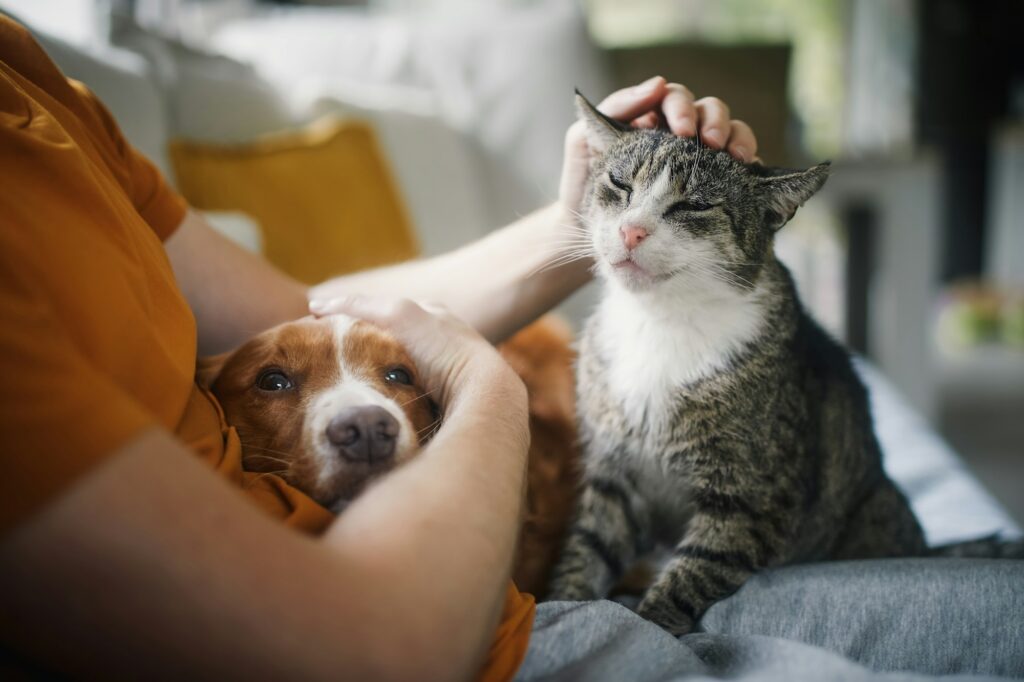
Testing Palatability
Manufacturers conduct feeding trials to assess:
- Acceptance Tests: Measuring initial attraction to the food.
- Preference Tests: Offering choices between different foods to determine preference.
- Consumption Rates: Monitoring how much food is consumed over time.
Impact on Pet Food Manufacturers
Incorporating high-quality palatants can significantly impact a manufacturer’s success.
Benefits
- Increased Sales: Palatable foods are more likely to be repurchased.
- Brand Differentiation: Unique flavors can set a brand apart.
- Customer Loyalty: Satisfied pets lead to satisfied owners.
Challenges
- Cost Considerations: High-quality palatants can be expensive.
- Supply Chain Management: Sourcing consistent ingredients requires reliable suppliers.
- Shelf Life Stability: Palatants must maintain their efficacy over the product’s shelf life.
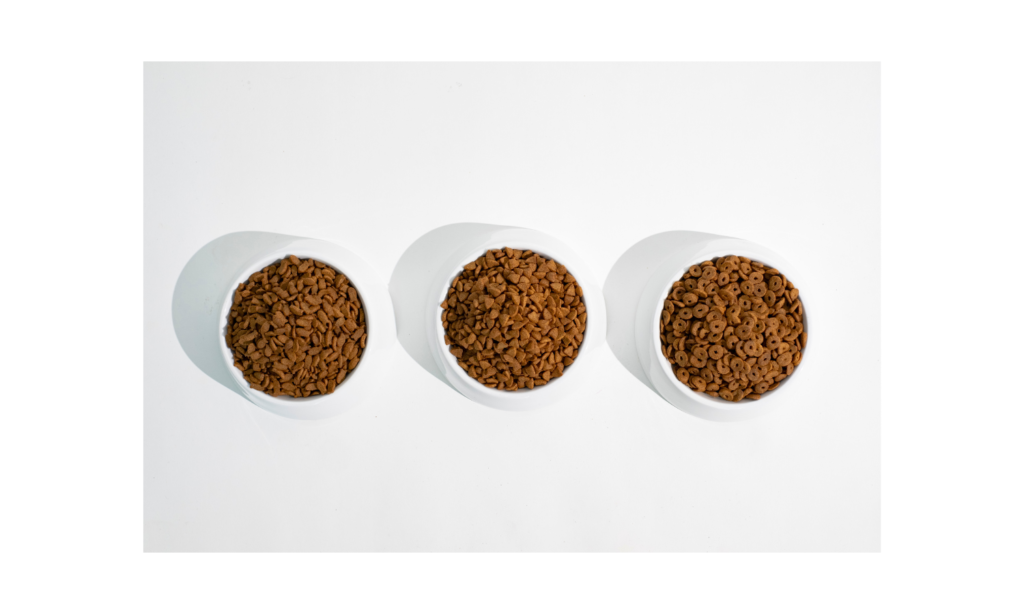
Future Trends in Pet Food Palatability
The pet food industry is continually evolving, with trends influencing palatant development.
Natural and Organic Ingredients
Consumer demand for natural products is leading to an increase in palatants derived from organic sources.
Customization
Personalized nutrition is becoming popular, with palatants tailored to individual pet needs.
Sustainability
Eco-friendly palatants made from sustainable ingredients are gaining traction.
Why Choose Professional Palatant Manufacturers
Partnering with specialized pet food palatants manufacturers ensures access to:
- Expertise: Professionals with deep understanding of flavor science.
- Quality Assurance: Strict testing protocols for safety and efficacy.
- Innovation: Access to the latest advancements in palatant technology.

For manufacturers seeking top-tier palatability solutions, collaborating with experts is essential.
Discover Premium Palatability Solutions with ProFypet
Conclusion
Understanding the science behind pet food palatability is crucial for pet food manufacturers aiming to create products that pets love and owners trust. By leveraging high-quality pet food palatants and staying abreast of industry trends, manufacturers can enhance their products’ appeal and achieve greater market success.
References:
- Journal of Animal Science
- FDA Pet Food Regulations
- Association of American Feed Control Officials (AAFCO)
Looking to enhance your pet food products with superior palatability? Visit ProFypet and explore our range of premium pet food palatants.

